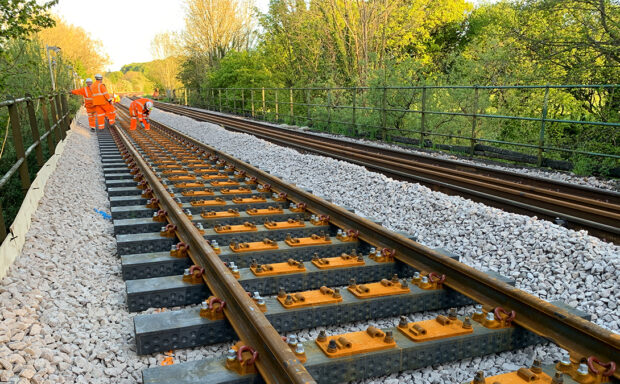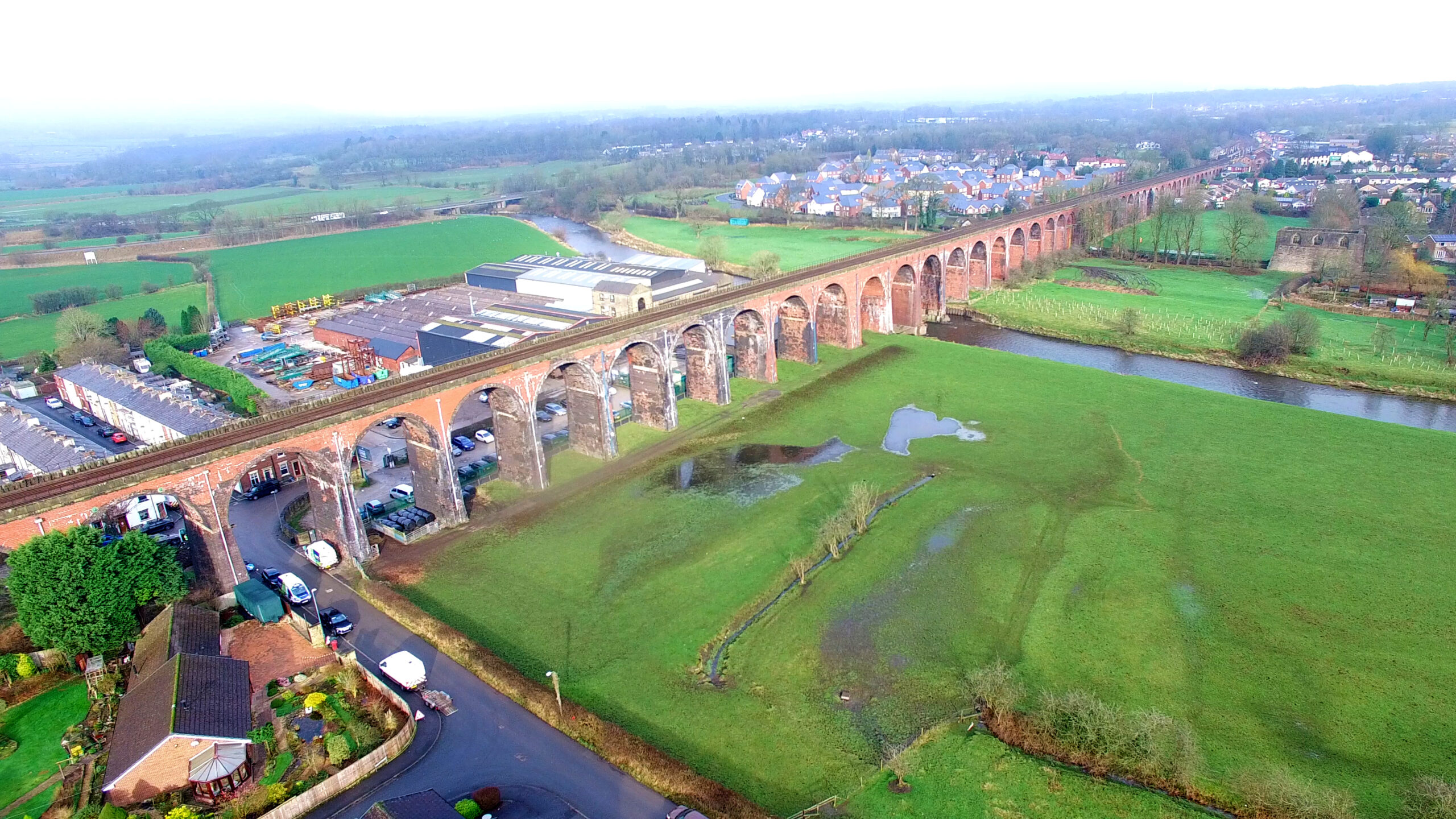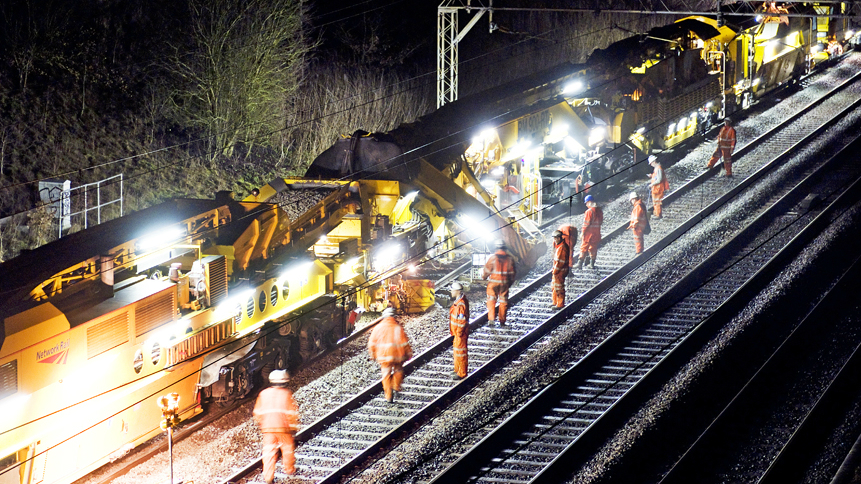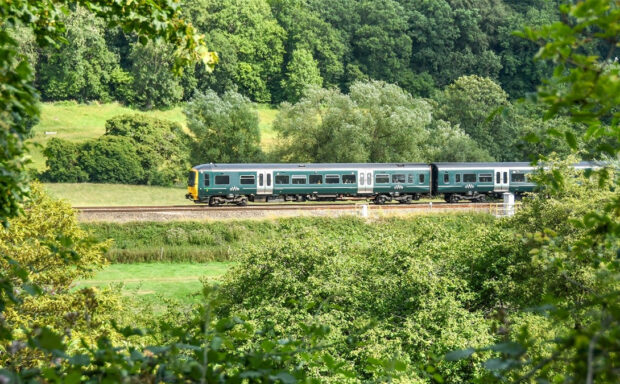We have taken a major step forward in tackling climate change by becoming the world’s first railway company to set the most ambitious science-based targets to limit global warming.
Science Based Targets Initiative, backed by the United Nations, has independently verified our targets and our plans to achieve them. It means we’re the first railway company to commit to cutting emissions which limit warming to 1.5 degrees Celsius. That’s even less than the two degrees scientists declared necessary to meet the Paris Agreement, a global framework to avoid dangerous climate change.
Science based targets are those adopted by companies that are in line with what the latest climate science deems necessary to meet the goals of the Paris Agreement. Targets that limit emissions to a 1.5 degree warming scenario are considered the most ambitious.
Andrew Haines, chief executive of Network Rail, said: “Rail is already the cleanest and greenest mode of transporting large numbers of people and goods, but we’re committed to cutting our carbon footprint even further.
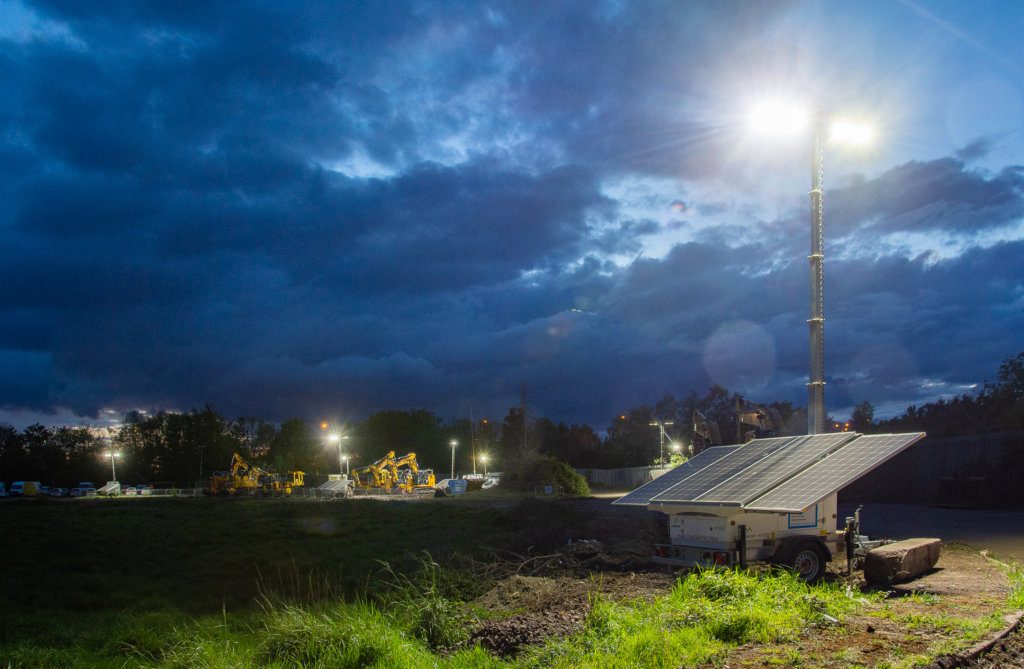
“That’s why we’ve set carbon reduction targets backed by science rather than simply ones we think are easy to achieve. We are the first railway in the world to set targets that will help limit global warming to 1.5 degrees and this shows our commitment to change.”
“We’re on an important journey – to support the government’s target of being net-zero by 2050, to help the country build back better as we recover from the pandemic and to help passengers and freight users make the greenest choices they can.”
We’re already making progress in reducing its greenhouse gas emissions. All of the energy we use to power stations, depots and offices comes from renewable sources. Meanwhile, a trial to move our road fleet – such as the vans needed in rail maintenance work – to electric vehicles is underway.
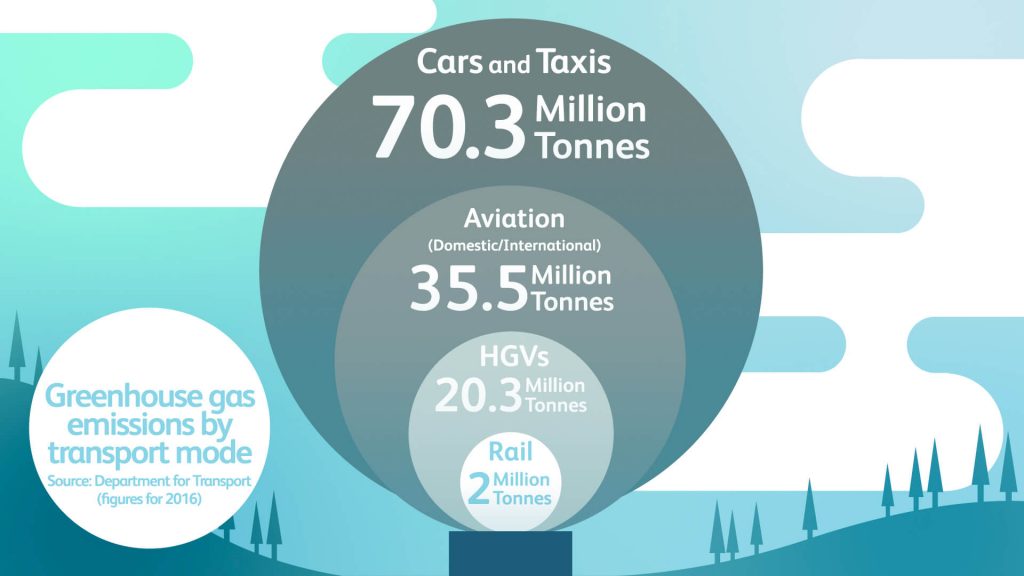
We’re also exploring how we can use our land to generate renewable electricity as well as support biodiversity, and we have an extensive community tree planting scheme.
Suppliers generate about two-thirds of the railway’s emissions so we’re keen to work with our wider supply chain, such as manufacturing and construction companies, to help them set their own targets, too.
Martin Frobisher, safety, technical and engineering director at Network Rail, said: “Most of our carbon emissions come from our supply chain, so we need to give our suppliers confidence that we are serious about this and must make the changes needed to meet these challenging targets.
“Many of our suppliers are already making great strides to this end which we can learn from. Working with them to find creative engineering solutions and clever ways to reduce the energy we consume, for example, is key to delivering these targets.”
What are our sustainability targets?
We commit to:
- Reduce absolute scope one and two greenhouse gas emission (those within our control) by 46% by 2029.
- Reduce absolute scope three (indirect) emissions by 28% by 2029.
- Ensure 75% of our suppliers by emissions covering purchased goods and services and capital goods (those used in the production of other goods) have science-based targets by 2025.
Our science based targets follow the launch of our Environmental Sustainability Strategy in September. We want rail to remain the greenest and most and reliable form of public transport in the Britain, so it can play a vital part in green economic recovery and growth.
We’re determined to maximise the positive contribution rail can make to the lives of our passengers, our society and our economy while minimising any negative impact on the environment.
It focuses on four areas: a low-emission railway; a reliable railway resilient to climate change; improved biodiversity and minimal waste and sustainable use of materials.

